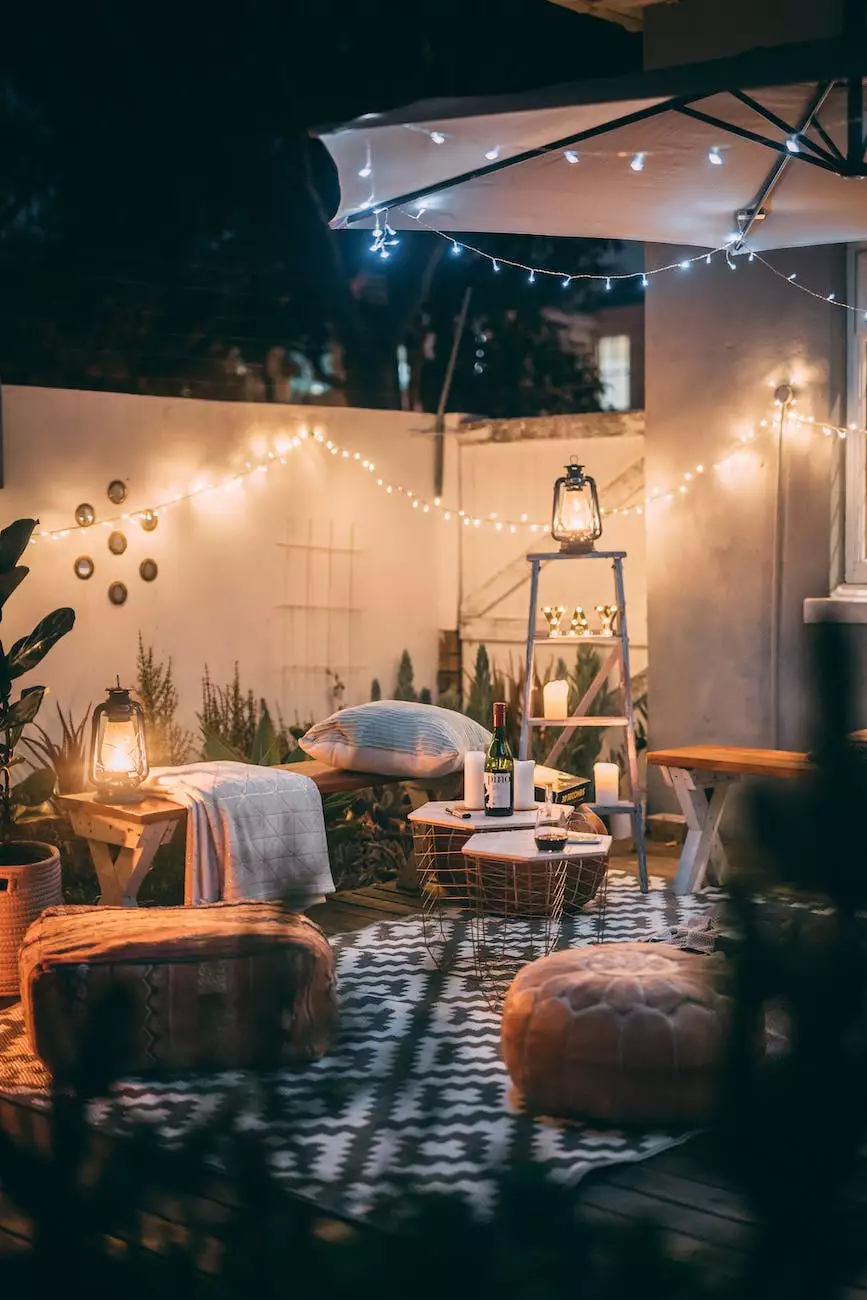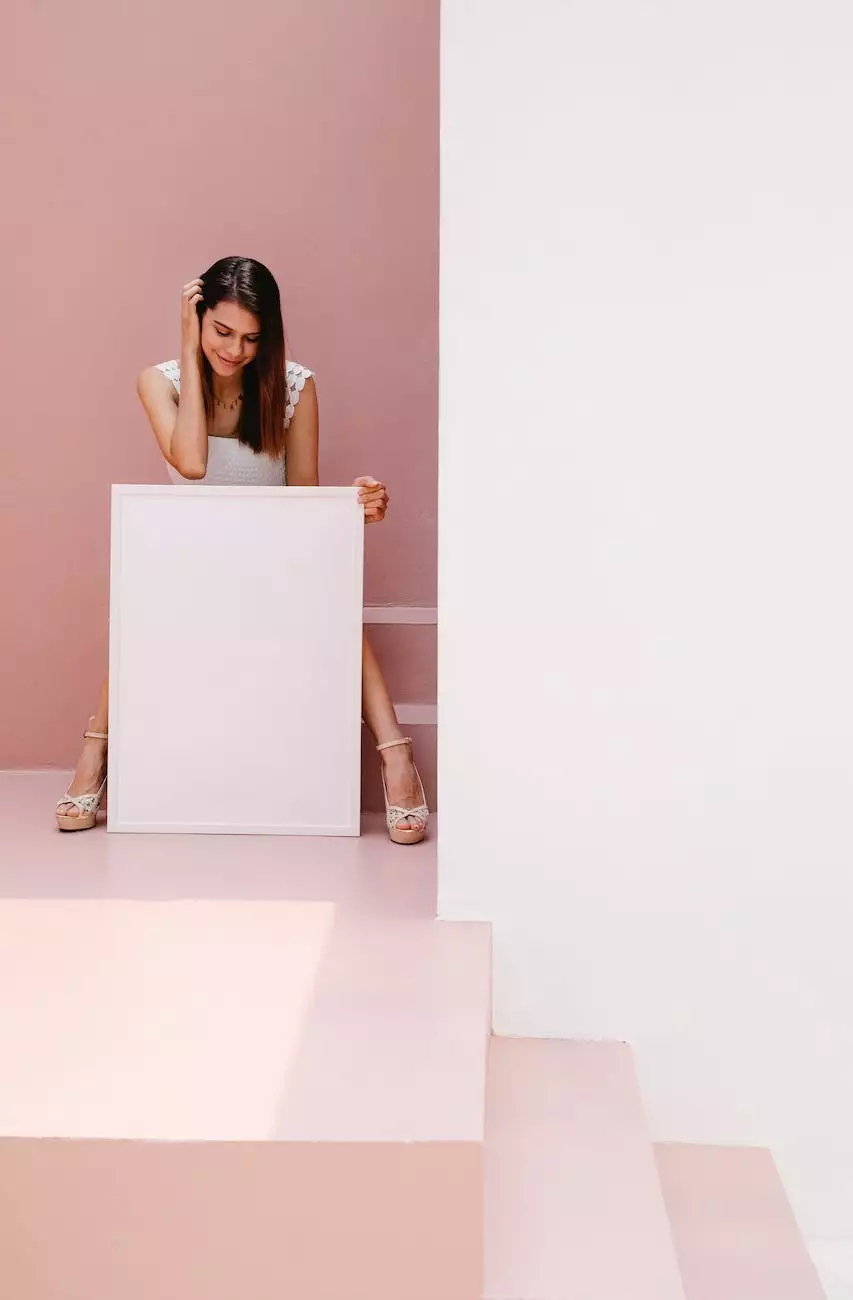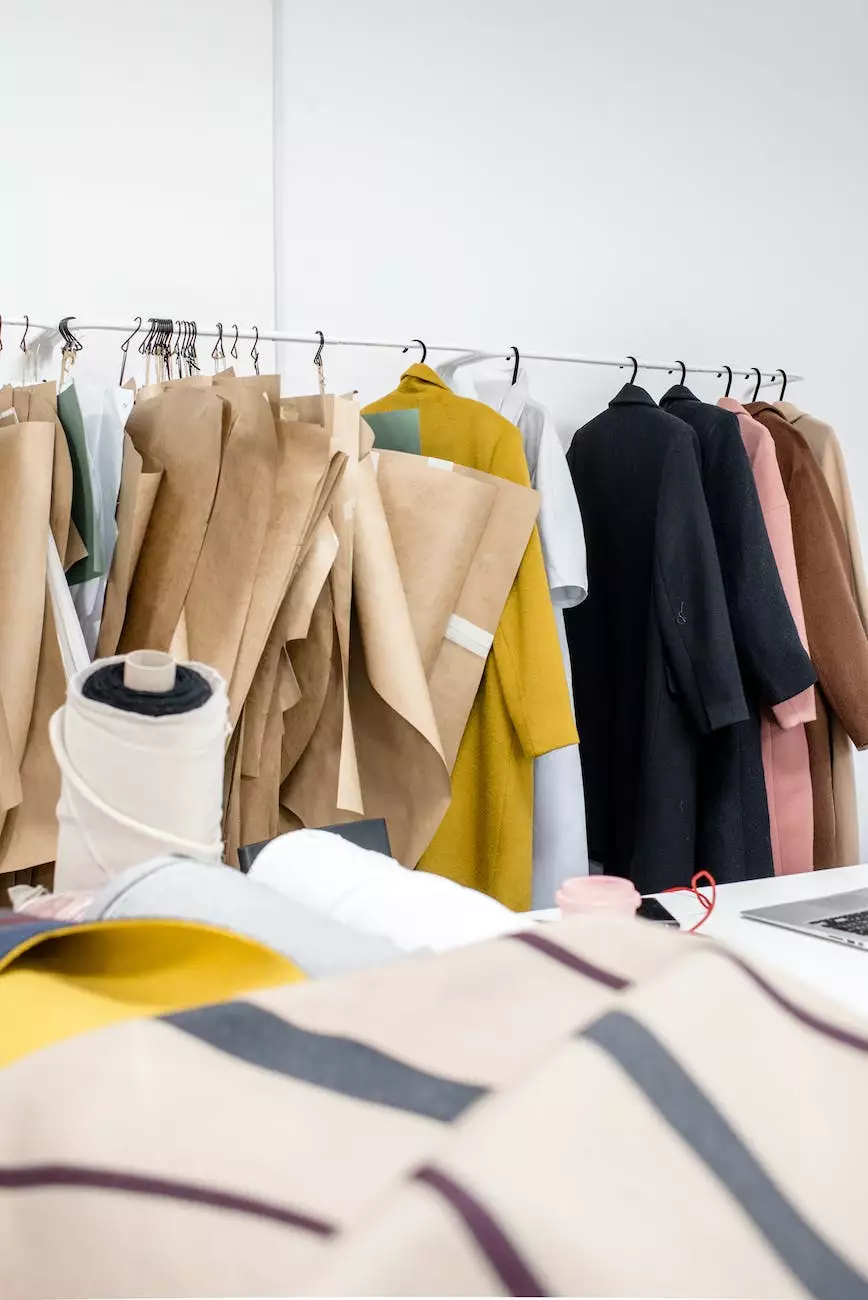How to Use Rustic Wood in Your Next Exhibit
Marketing
Welcome to MJ Design, the ultimate resource for visual arts and design inspiration. In this article, we will explore the creative possibilities and expert tips for incorporating rustic wood into your next exhibit. Whether you are designing an art gallery display, trade show booth, or museum installation, rustic wood can add a unique touch of warmth and authenticity to your space.
Why Choose Rustic Wood?
Rustic wood has gained immense popularity in recent years for its timeless charm and natural appeal. It adds a sense of warmth, authenticity, and nostalgia to any setting, transporting your audience to a place where nature and art intertwine. Its versatile nature allows you to create diverse atmospheres based on the type of wood and finish you choose—whether you're aiming for a cozy cabin feel or a rugged industrial look.
Types of Rustic Wood
When incorporating rustic wood into your exhibit, you have a wide array of options to choose from. Let's explore some of the most popular types:
- Reclaimed Barnwood: Reclaimed barnwood, sourced from old barns and structures, carries a sense of history and character. Its weathered appearance and unique patina make it a desirable choice for creating rustic aesthetics.
- Weathered Oak: With its silver-gray hue and textured surface, weathered oak provides a naturally aged look reminiscent of coastal cottages and beachside retreats. Its neutral tones make it versatile and suitable for various design styles.
- Distressed Pine: Distressed pine features intentional signs of wear and tear, such as knots, cracks, and aged markings. It adds rustic charm and an aged appeal to your exhibit, creating a warm and inviting ambiance.
- Rustic Cedar: Known for its rich red and golden tones, rustic cedar emanates a natural beauty and aromatic scent. Its distinct grain patterns and color variations add visual interest and create a rustic yet elegant atmosphere.
Tips for Incorporating Rustic Wood
Now that you have a better understanding of the types of rustic wood available, let's dive into some expert tips to help you effectively incorporate it into your next exhibit:
1. Set the Tone with a Feature Wall
A feature wall crafted from rustic wood can serve as the focal point of your exhibit, instantly capturing the attention of your audience. Choose a prominent display area and cover it with rustic wood panels to create an immersive and visually captivating experience.
2. Mix and Match Materials
Rustic wood pairs beautifully with various materials, allowing you to create dynamic and engaging exhibits. Consider incorporating elements such as metal, glass, or acrylic to complement the textures and colors of the wood. The contrast between rustic wood and modern materials can create a visually striking aesthetic.
3. Showcase Artwork with Floating Shelves
Rustic wood floating shelves provide a stylish and functional way to display artwork, sculptures, or small objects. Their simplicity allows the focus to remain on the displayed pieces while adding a touch of rustic charm. Experiment with different lengths and configurations to create an eye-catching gallery-like display.
4. Create Custom Furniture Pieces
One of the advantages of rustic wood is its versatility. Consider incorporating custom-made furniture pieces, such as benches, tables, or podiums, into your exhibit. These unique additions not only serve a practical purpose but also enhance the overall ambiance and theme of your display.
5. Use Rustic Wood Accents
Even small accents can make a big impact. Incorporate rustic wood accents, such as picture frames, signage, or decorative panels, to add depth and visual interest to your exhibit. These details tie the design together and create a cohesive and inviting atmosphere.
Inspiration and Case Studies
To further inspire your creativity, let's explore a few exceptional examples of how rustic wood has been successfully incorporated into various exhibits:
The Nature's Gallery
In this nature-themed exhibit, reclaimed barnwood was used to create a feature wall resembling a forest backdrop. The textured wood added depth and a sense of organic beauty, allowing the artwork to shine against the rustic backdrop.
The Vintage Market
For a vintage-themed exhibit, distressed pine was used to create display stands and shelves that resembled old market stalls. The weathered wood contrasted with vibrant antique collectibles, adding an authentic touch of nostalgia to the overall design.
The Modern Cabin
In this contemporary exhibit, weathered oak was combined with sleek glass panels and metal accents to create a modern cabin-inspired space. The mixture of rustic wood with minimalist elements added warmth and visual intrigue to the exhibit.
Conclusion
Incorporating rustic wood into your next exhibit can elevate the overall atmosphere and leave a lasting impression on your audience. By carefully selecting the right wood type, utilizing expert tips, and drawing inspiration from successful case studies, you can create a visually stunning and immersive experience that showcases your artistic vision.
At MJ Design, we are passionate about helping you bring your creative ideas to life. Contact us today to discover how our expertise in visual arts and design can transform your exhibit into a captivating masterpiece.










